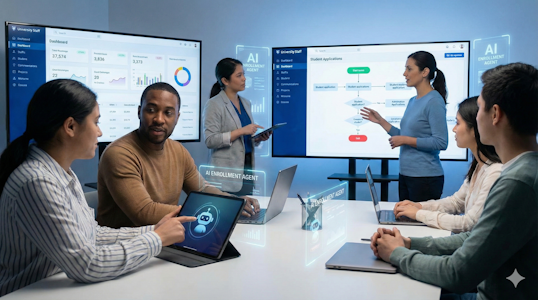From Hollywood to the Classroom: Why Multimodal AI Is Already Reshaping Everything
by Ardis Kadiu · Updated May 09, 2025
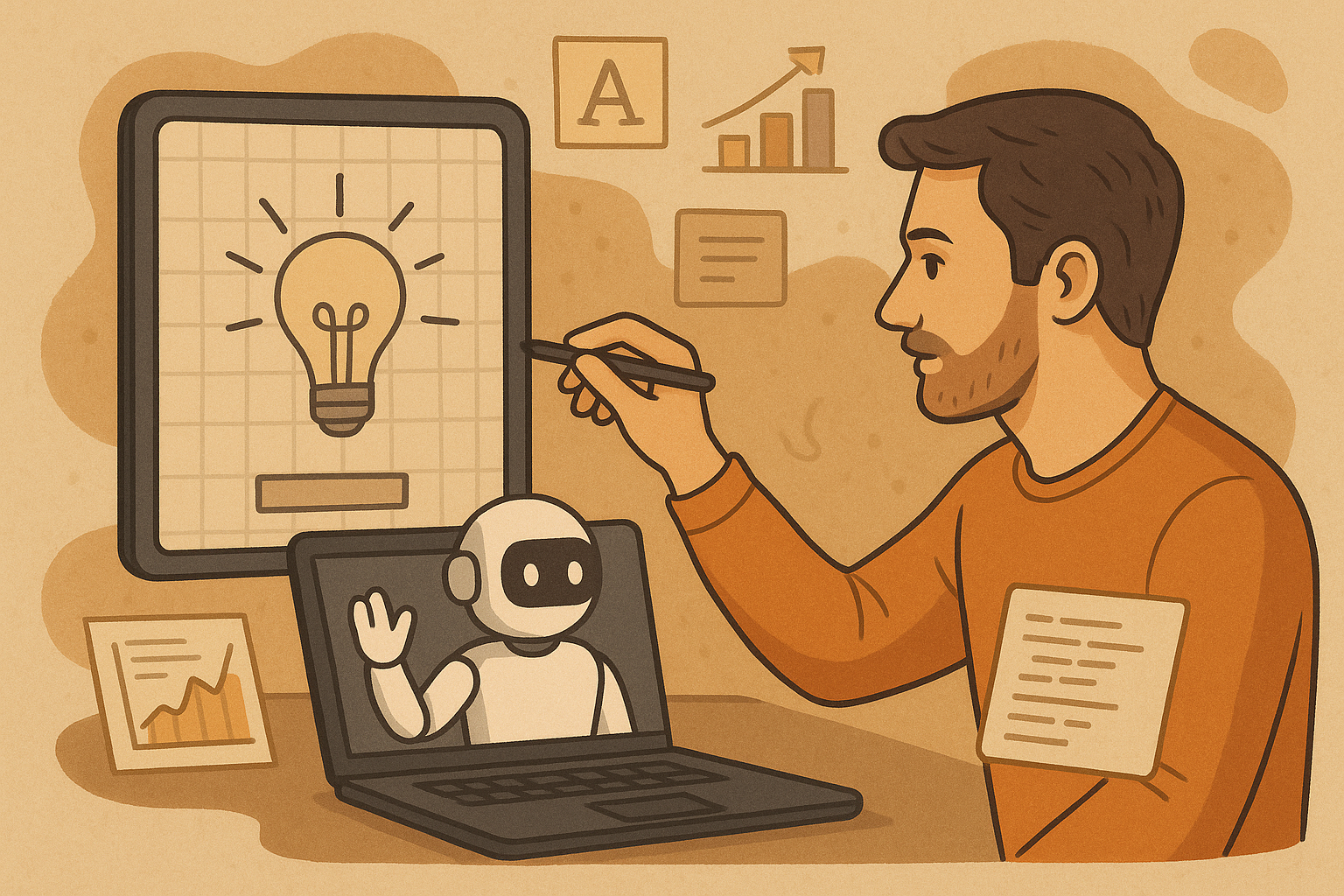
You know the feeling when something just clicks — when a concept goes from abstract to deeply personal, when an idea moves from theoretical to transformative? That’s exactly where we are with the release of OpenAI’s latest multimodal reasoning model: o3.
In this episode of Generation AI, JC and I explore how o3 is redefining the way we think, teach, and create. We cover:
- How the U.S. government and Hollywood are validating AI’s place in education and the arts
- What makes o3’s multimodal capabilities such a breakthrough
- Why memory is the underrated feature quietly revolutionizing working with ChatGPT
- And how we’re already using it to enhance creativity, strategy, and decision-making
The Cultural Signals: AI Has Entered the Chat
First up: two big headlines that signal just how deeply AI is embedding itself into society.
1. AI Education Goes Mainstream
President Trump’s executive order promoting AI literacy in K–12 schools is more than policy — it’s a mindset shift. For too long, students were told that AI equals cheating. This new direction empowers educators to move from fear to fluency. Schools blocking ChatGPT need to ask themselves: Are we preparing students for the future, or protecting the past?
2. AI at the Oscars?
The Academy Awards now allow AI-assisted films to compete, as long as the artistry remains human-led. It’s a clear acknowledgment that generative AI is becoming a creative collaborator. Whether it’s refining sound in post-production or generating VFX, AI is no longer a gimmick — it’s a tool in the director’s toolkit.
The Technical Leap: Welcome to the Multimodal Era
So what exactly makes o3 different?
“Multimodal” means the AI can understand and work with more than just text — it can also interpret images, audio, video, and even code, enabling it to respond in more human-like, context-aware ways.
That’s why o3 doesn’t just answer — it understands. Give it a messy spreadsheet, a maze, a PDF, or a marketing brief, and it reasons through the task the way a human would. It’s like handing a teammate a problem and watching them sketch out a solution on a whiteboard.
The Practical Magic: When AI Works With You
This isn’t theoretical. I’ve been using o3 in real-time, and it’s changed the way I work.
Take a recent project at Element451. I fed o3 a visual concept for a campaign about “gaining back time.” Within minutes, it delivered a sleek WIRE-style ad, branded and all. Then I handed it a dense Excel file from our CFO. It pulled insights that felt like they came from a senior strategist, not a browser tab.
This is no longer a tool you test. It’s a tool you trust.

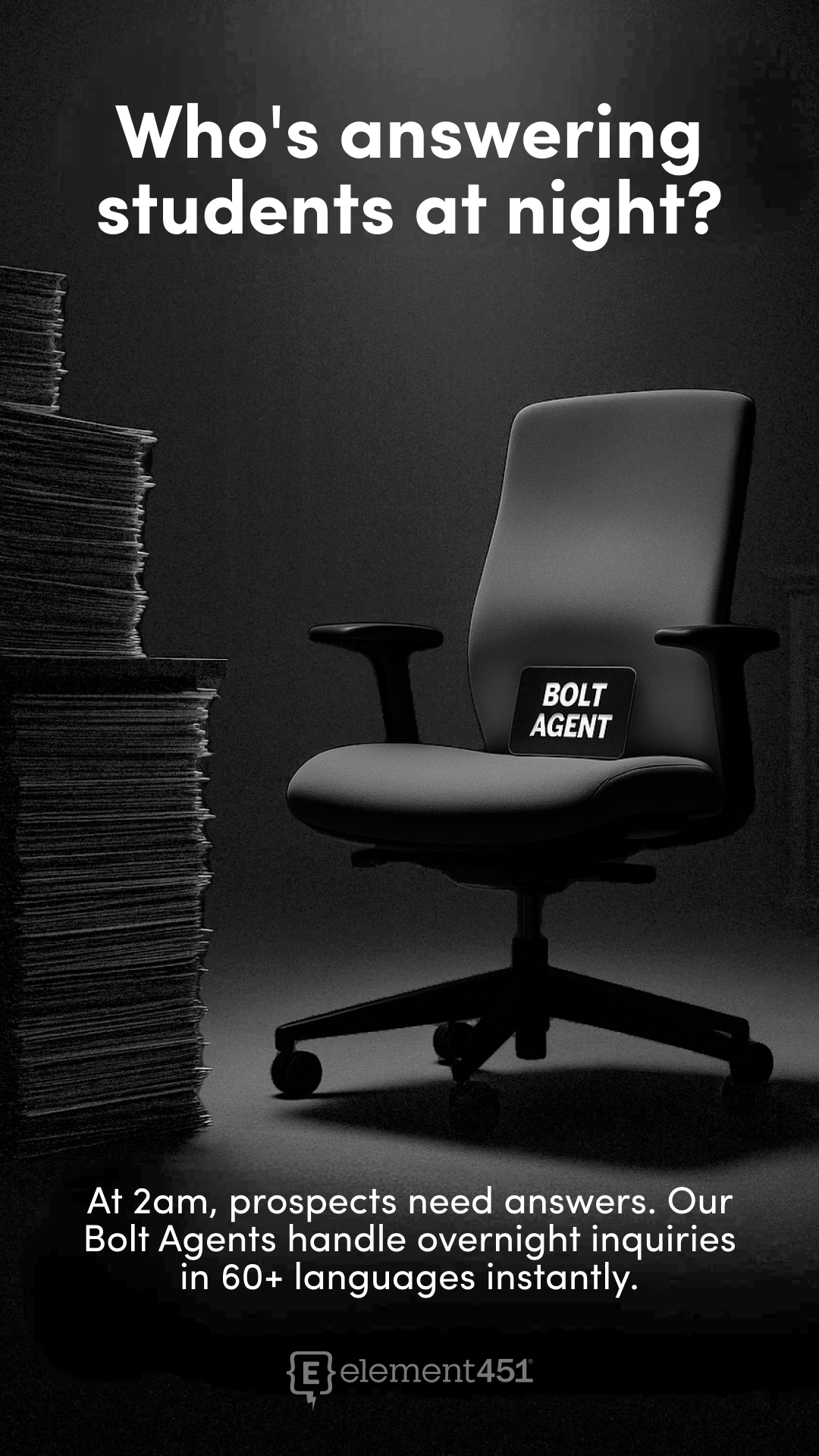

The Hidden Power: Memory That Matters
One of the most underrated features we discussed is ChatGPT’s evolving memory. It doesn’t just remember random facts — it remembers you: your voice, your preferences, your work.
This means every interaction becomes smarter, more personal, and more aligned with your goals. It’s not just integration — it’s intuition.
Final Thoughts: Building With AI, Not Around It
The o3 model represents more than just a technical leap. It’s a shift in how we lead, learn, and create. Whether you’re designing an ad, teaching a class, managing a team, or shaping a strategy, the future is multimodal, memory-driven, and already here.
Let’s build it together.
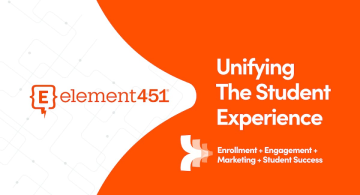
About Element451
Boost enrollment, improve engagement, and support students with an AI workforce built for higher ed. Element451 makes personalization scalable and success repeatable.
Categories
New Blog Posts
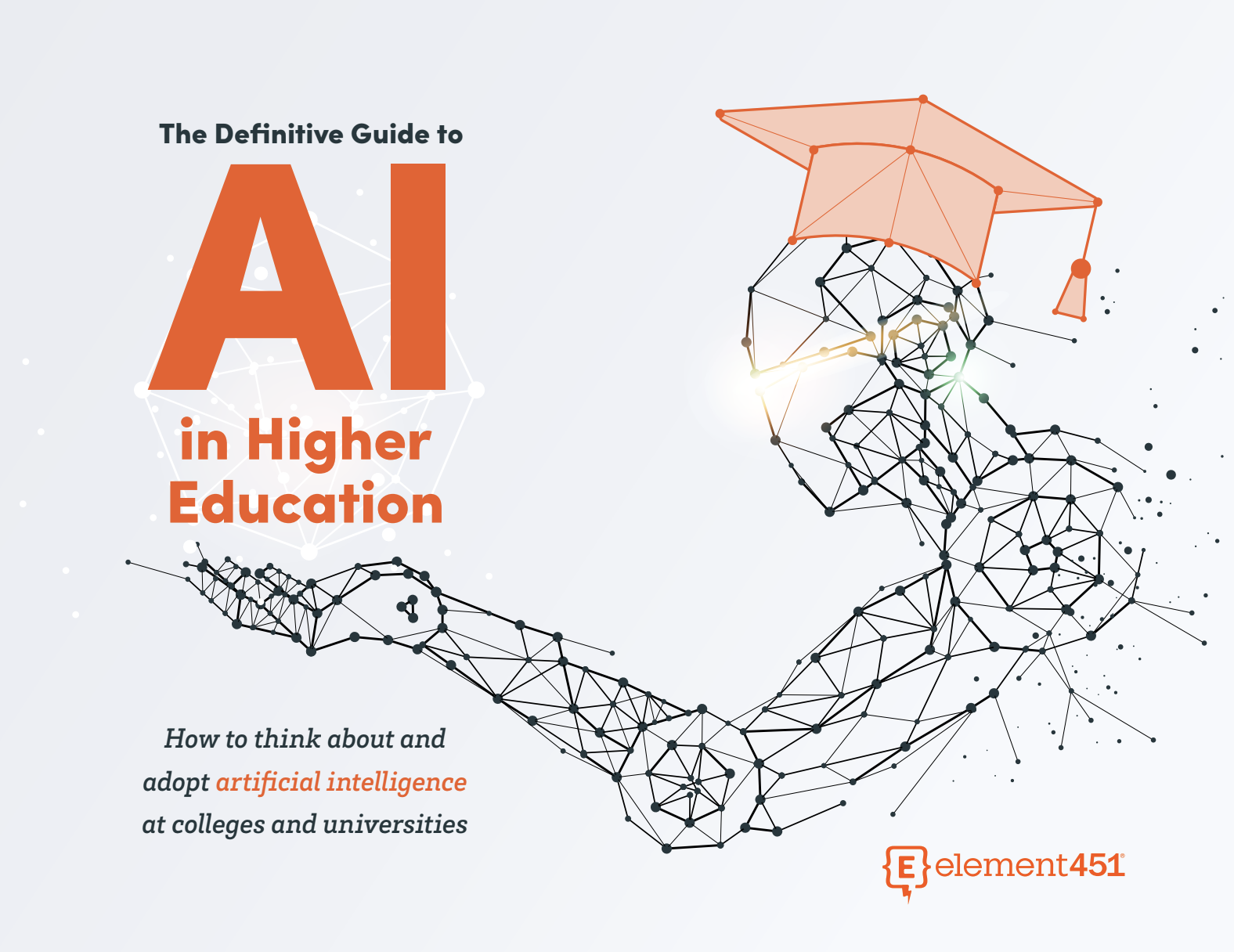
The Definitive Guide
AI in Higher Education
Bridge the gap between the latest tech advancements and your institution's success.
Useful Links
Related Articles

Talk With Us
Element451 is the only AI Workforce Platform for higher education. Our friendly experts are here to help you explore how Element451 can improve outcomes for your school.
Get a Demo



